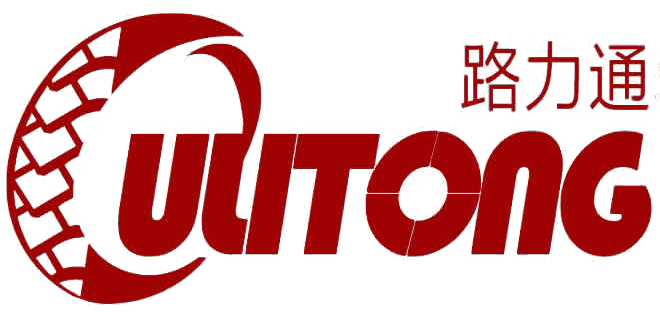11.18 15:11
The tire industry faces a new round of reshuffle
Since late May, based on the expectation that the imbalance between supply and demand is expected to improve, Shanghai Rubber has been jogging all the way and rising.
Since late May, based on the expectation that the imbalance between supply and demand is expected to improve, Shanghai Rubber has been jogging all the way and rising. However, it was reported last week that the relevant departments invited some industry units to have a discussion on the compound glue policy, which triggered the market's speculation about the postponement of the implementation of the compound glue policy, which led to a big reversal of the Shanghai Rubber 1509 contract last Monday near the closing of the day, even in the following trading days, it also maintained a weak trend.
The General Technical Specification for Composite Rubber, which was originally scheduled to be officially implemented on July 1 this year, has recently raised objections and disagreements. As the National Standards Committee invited a group of relevant units to have a discussion at the AQSIQ last Thursday to listen to the opinions on the implementation date of the new composite adhesive standard, the news that the composite adhesive standard and the implementation time need to be reconsidered came out from the society. However, news from the symposium last Thursday proved that the new standard for composite adhesive will be implemented on time. However, as the dust of the new composite rubber regulations falls, the tire industry may face a new round of reshuffle in the future.
Compared with the old and new standards for composite rubber, the biggest difference is that the content of raw rubber has decreased from 95% - 99.5% to 88%. Don't underestimate the decline in the proportion of raw rubber content, which will cause a lot of trouble. It is understood that the rubber processing plants in Southeast Asia are lack of internal mixer. The composite rubber manufactured according to the new standard has poor quality, large difference in raw rubber content, and uneven carbon black dispersion. At present, the rubber processing plants in Southeast Asia are basically unable to produce composite rubber with 88% raw rubber content. For tire enterprises, the versatility of the new standard compound rubber is greatly reduced, which virtually increases the complexity of use management and processing energy consumption. If Southeast Asian rubber processing plants add internal mixers in the later stage, it will undoubtedly increase production costs, raise the purchasing costs of tire enterprises in a disguised way, and thus weaken the price advantage of products.
In this regard, it is very likely that the solution for tire enterprises is to abandon the use of new compound rubber, and instead purchase high tariff general trade natural rubber or increase the import volume of natural rubber in processing trade. Due to the limited quantity of natural gum in processing trade, most purchases will be made up by general trade. For the tariff up to 1500 yuan/ton, the production cost of the enterprise will increase by 12.5% based on the spot price of 12000 yuan/ton. According to the estimate that the natural rubber accounts for about 40% of the total tire cost, the total tire cost increased by 5% due to the import of natural rubber from general trade. From January to April this year, the average profit margin of the domestic tire industry was only 3.6%. Such an obvious cost rise is a huge impact on the tire industry. The industry is not only facing a new round of reshuffle, but also will cause domestic tire enterprises to lose their competitiveness on the international stage.
At the same time, the implementation date of the new composite rubber standard is approaching, and tire enterprises are rushing to purchase a large number of composite rubber in a centralized manner before July 1, resulting in an increase in demand and boosting rubber prices. However, once the new standard is implemented, glue enterprises will have to seek other raw materials to replace it due to cost reasons. Enterprises will increase the use of synthetic glue and reduce the use of natural gum, which will further aggravate the surplus situation of global natural gum. In the long run, it will inevitably lead to the weakness of Shanghai Rubber again.
Investors have to be cautious about the ecological changes of the industrial chain and the price trend of Shanghai Rubber after the implementation of the new regulations on composite rubber, and the operation strategy also needs to be readjusted.
Related News
The maintenance technician advised us to pay attention to the red and yellow spots on the tires!
The red dot on the tire is solid, and the yellow dot is hollow. As everyone said, the tire cannot achieve absolute balance in the manufacturing process.
Read moreClassification and use of solid tyres?
Wholesale solid tires in Shanghai are generally divided into bonded and non bonded solid tires. The former refers to tires whose rubber is directly vulcanized on the rim, and the latter refers to tires that are vulcanized and then fixed on the rim.
Read moreThe tire industry faces a new round of reshuffle
Since late May, based on the expectation that the imbalance between supply and demand is expected to improve, Shanghai Rubber has been jogging all the way and rising.
Read more
